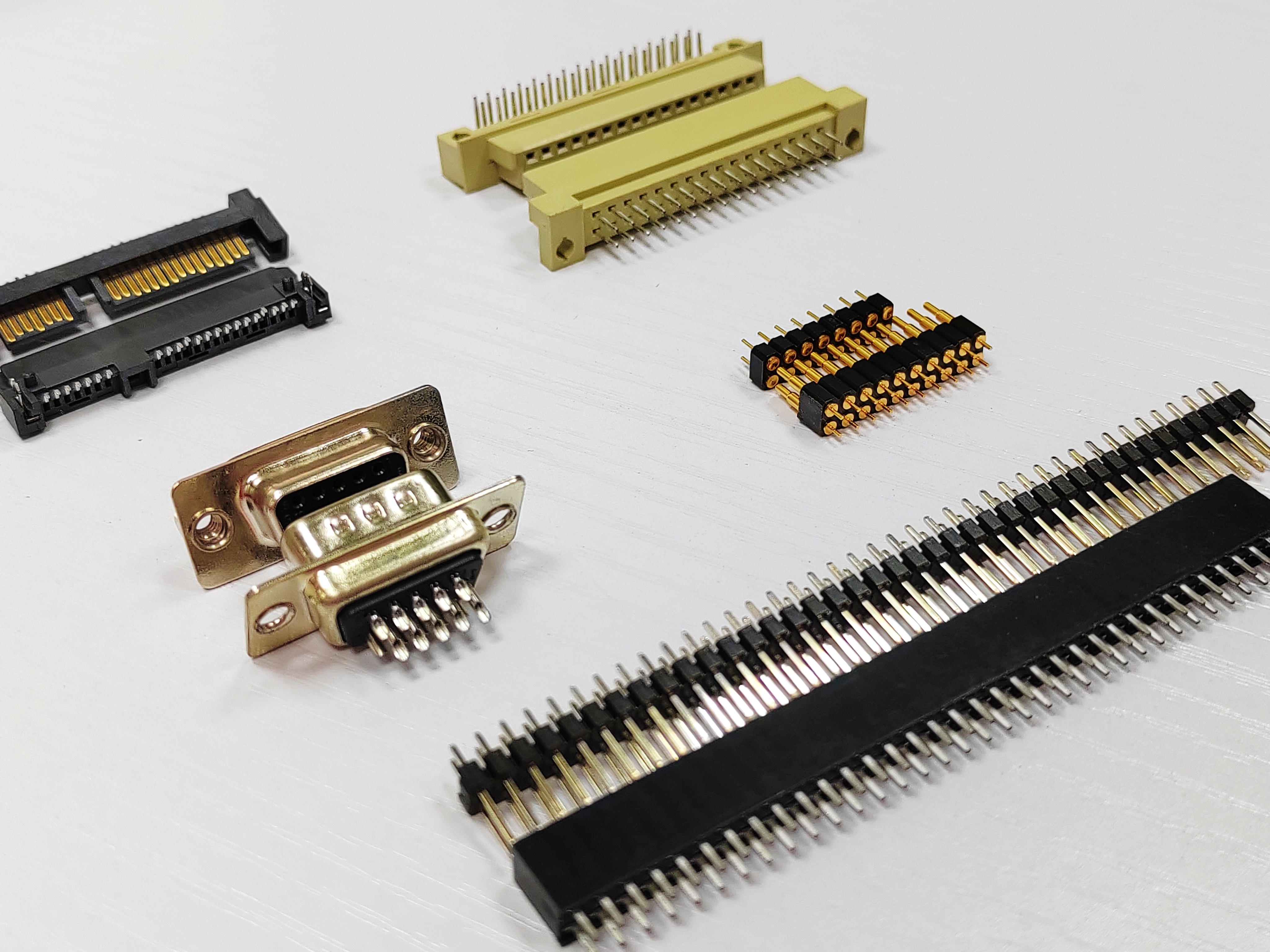A board connector is a flat terminal parallel to the PCB. It is usually used to connect the internal circuits of circuit boards or electrical equipment in order to connect different circuits. Board connectors usually consist of two parts: one is the connector and the other is the socket. Sockets are usually contained on a circuit board, and connectors are mounted on components connected to the circuit board. Board connectors are also commonly called PCI connectors or card slot connectors.
Board connector is one of the most widely used connectors in circuit boards. They are usually used to connect card slots. For example, in computer motherboards, board connectors are usually used to connect various card slots, such as PCI, ISA, AGP and PCI-E card slots. In addition, board connectors are also widely used in network switches, routers, televisions, stereos and other equipment.

The advantage of board connectors is that they can connect circuit boards well and allow multiple card slots in electronic equipment. This versatility and connectivity make it an indispensable part of product design. Another advantage is that they have high reliability, can withstand high-speed data transmission and vibration, and can withstand multiple plugging and unplugging. The disadvantage is that they take up a lot of space when designing circuit boards. At the same time, the board connector also needs some technical ability to be installed on the circuit board, which also increases the cost.
To sum up, connectors are one of the essential accessories of electronic equipment. With the development of electronic equipment, the types and application scope of connectors are more and more extensive. Board connector is an important kind of connector, which plays an important role in circuit board design.